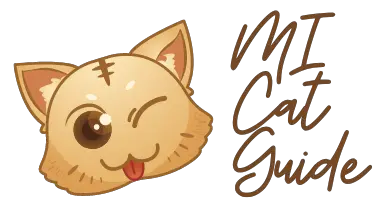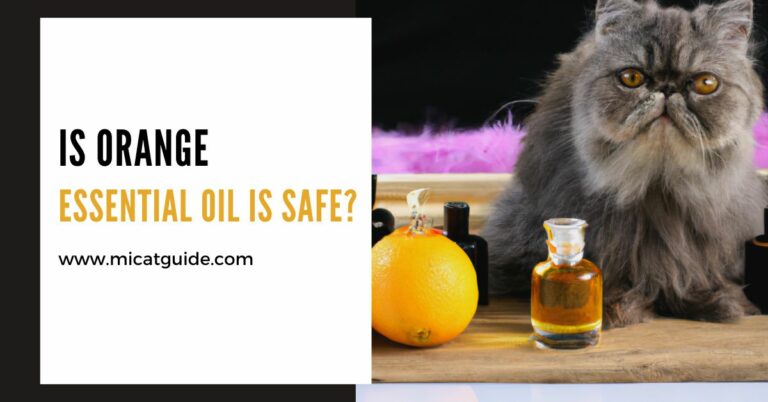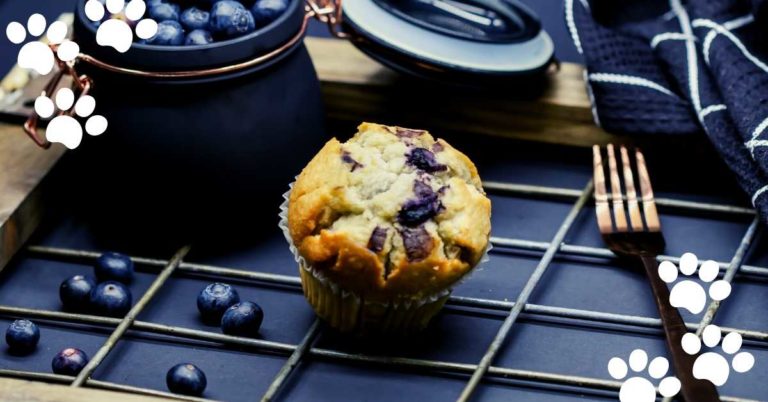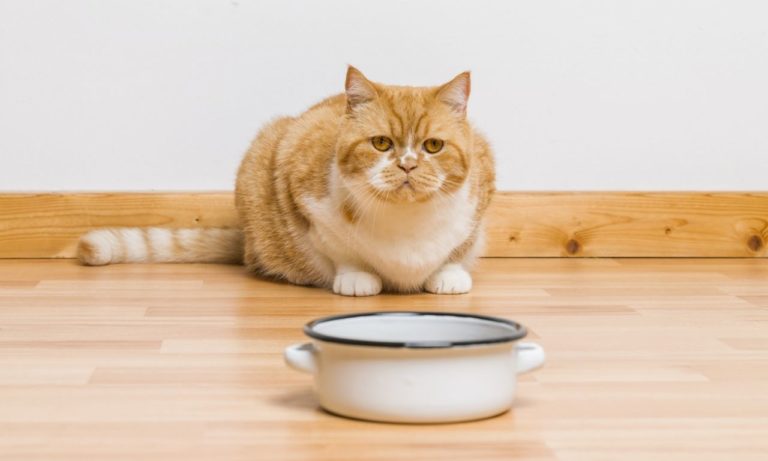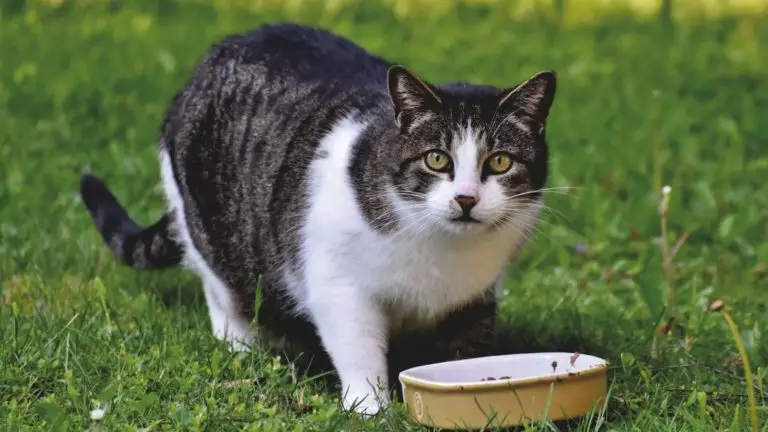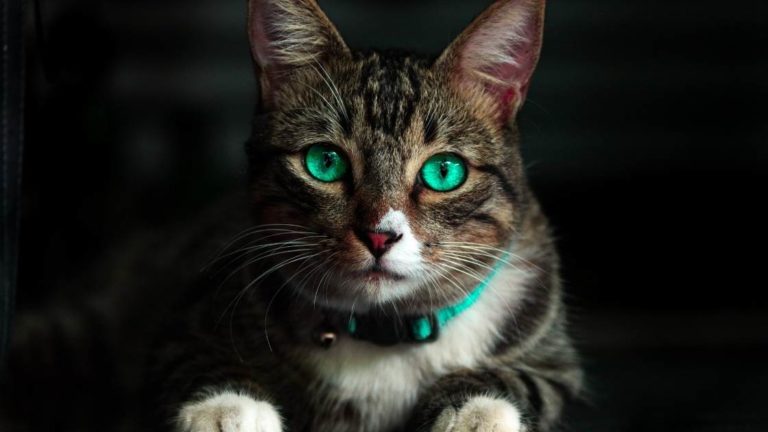Can Cats Eat Banana Bread? Understanding Feline Nutrition
In a world where shared treats and dinner table scraps are as common as pet belly rubs, there’s one question that often arises among the feline community – can cats eat banana bread? This deceptively simple query unpacks a complex web of topics ranging from the innocuous, ‘what’s in banana bread?’ to the paramount, ‘what should we feed our pets?’
This in-depth exploration is vital for pet owners, cat lovers, and anyone vested in understanding and practicing responsible pet nutrition.
The Ingredients Inside That Slice of Banana Bread
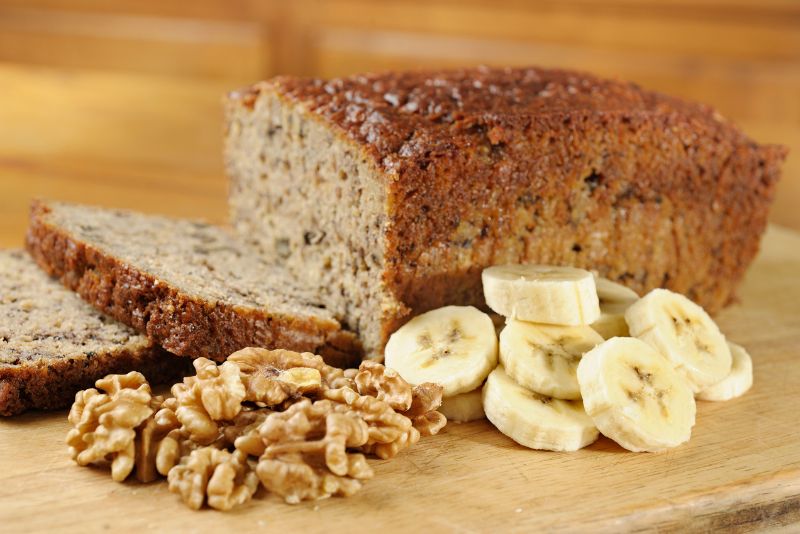
Understanding pet-friendly food starts with comprehension of what’s in human treats. Standard banana bread ingredients include flour, sugar, eggs, and, of course, banana. Here’s what you need to know about the ingredients:
Bananas
Rich in vitamins and minerals, bananas are safe for cats when given in moderation. Their high potassium content can be beneficial, but the sugar content is something to watch out for, especially for cats prone to diabetes or weight issues.
Flour and Eggs
In their raw forms, these aren’t ideal for cat consumption due to the potential for bacterial contamination. Cooked, they don’t offer much in the way of nutrition for felines that derive most of their needs from protein sources.
Refined Sugar
An empty calorie, not offering any nutritional value to cats, consuming sugary food can lead to obesity, diabetes, and other health issues in cats.
Other Ingredients
Add-ons like chocolate, raisins, nuts, or artificial sweeteners, often found in humans’ sweet treats, are toxic to cats and should never be a part of their diet.
For further reading on the importance of a protein-rich diet for felines, consider checking out our detailed guide on Proper Feline Nutrition. Additionally, if you’re curious about the potential hazards of other common human foods for cats, our article on Toxic Foods for Cats offers comprehensive insights.
Rising to the Occasion: The Potential Risks and Benefits
On the table of nutrition, the benefits of banana bread for cats are outnumbered by the risks. The following considerations should be made:
The Allure of Ripe Fruits
While ripe fruits can be a nice supplement to a cat’s diet, it’s more practical and safer to reach for pet-safe treats or fruits such as blueberries which offer the same benefits without the sugar levels associated with bananas.
Consider Portion Sizes
A crumb of banana bread is unlikely to cause harm, but portions should be supervised. Cats’ digestive systems are not adapted for a sugar or carbohydrate-rich diet and can lead to obesity or nutrient imbalances.
Address Food Sensitivities
Like humans, cats may have food sensitivities, and while bananas aren’t a common allergen, the additional ingredients in banana bread might be.
Nutritional Value for Cats: A Comparative Review
Cats are obligate carnivores, meaning their diet should mainly consist of animal protein. A review of nutritional differences underlines why cat food is formulated differently from human food:
Protein Richness
Cat food is high in protein and fat, low in carbohydrates – a reflection of their biologically appropriate diet.
Complex Nutritional Needs
Cats require specific amino acids, arachidonic acid, and other nutrients that are not found in plant-based diets like those of humans.
Specialized Diets
Specialized cat food accounts for various dietary differences among breeds, ages, and health conditions. Unlike the generalist approach of human foods, cat food can be tailored to a cat’s specific nutritional needs.
Safe Alternatives for Cats at the Human Table
With banana bread off the menu for their pet, what alternatives are safe for pet parents to share? A responsible feeding approach includes delicacies safe for feline friends:
Fish and Meat
Plain cooked meats, such as chicken or turkey, can be enjoyed by cats in moderation. Fish can be a treat but should not replace a diet rich in taurine, an essential amino acid found in animal muscle tissue, vital for cats’ heart and eye health.
Dairy
While most cats are lactose intolerant, small amounts of lactose-free dairy products like unsweetened plain yogurt might not cause harm and can be an occasional treat.
Green Light Veggies
Vegetables such as spinach, zucchini, and carrots can be a source of nutrition but aren’t necessary for a cat’s diet. They provide fiber and minerals, not found in cat food, like potassium and magnesium.
Crafting Feline Delights: Homemade Cat Treat Recipes
For those who enjoy a hands-on approach to their pet’s diet, there are tasty homemade cat treat recipes that beat the store-bought options in both freshness and palatability. Just make sure each ingredient is cat-safe:
Tuna Treats
These are simple to make and sure to be a hit with your feline companion. Canned tuna, eggs, and flour are all it takes to craft these treats.
Chicken and Catnip
What cat doesn’t love catnip? Combine this beloved herb with cooked, diced chicken and flour for a simple, delightful indulgence.
Purr-fectly Safe Ingredients
Common homemade treat ingredients safe for cats also include pumpkin, sweet potato, and some baby foods made of meats. They add variety without skimping on safety.
The Wrap: Responsible Treat-Giving and Diet Choices
Sharing is caring, but when it comes to cats, the adage should be understood within the context of their dietary needs. The takeaway is not just about whether cats can eat banana bread, but about the collective understanding of pet nutrition. As responsible pet owners, we must:
Read Labels and Ingredients
This allows for easy identification of what’s safe and unsafe for our furry friends.
Consistently Consult Your Veterinarian
Every pet is different, and a vet will be able to guide you according to your cat’s specific needs.
Treats are Supplements, Not Replacements
While a treat or two won’t hurt, they certainly shouldn’t replace a cat’s nutritionally balanced diet.
Monitor Your Cat’s Health
Regular check-ups and observation help identify any health issues related to diet.
Responsible pet nutrition is like baking a good bread – it needs the right ingredients in the correct measure. Failing to do so could produce a crummy outcome for your cat’s health. Remember, a well-fed cat is a happy cat, and a happy cat makes for a contented owner. We hope this exploration has deepened your understanding of feline nutrition and assists everyone in making informed, thoughtful, and caring decisions for their beloved pets.
